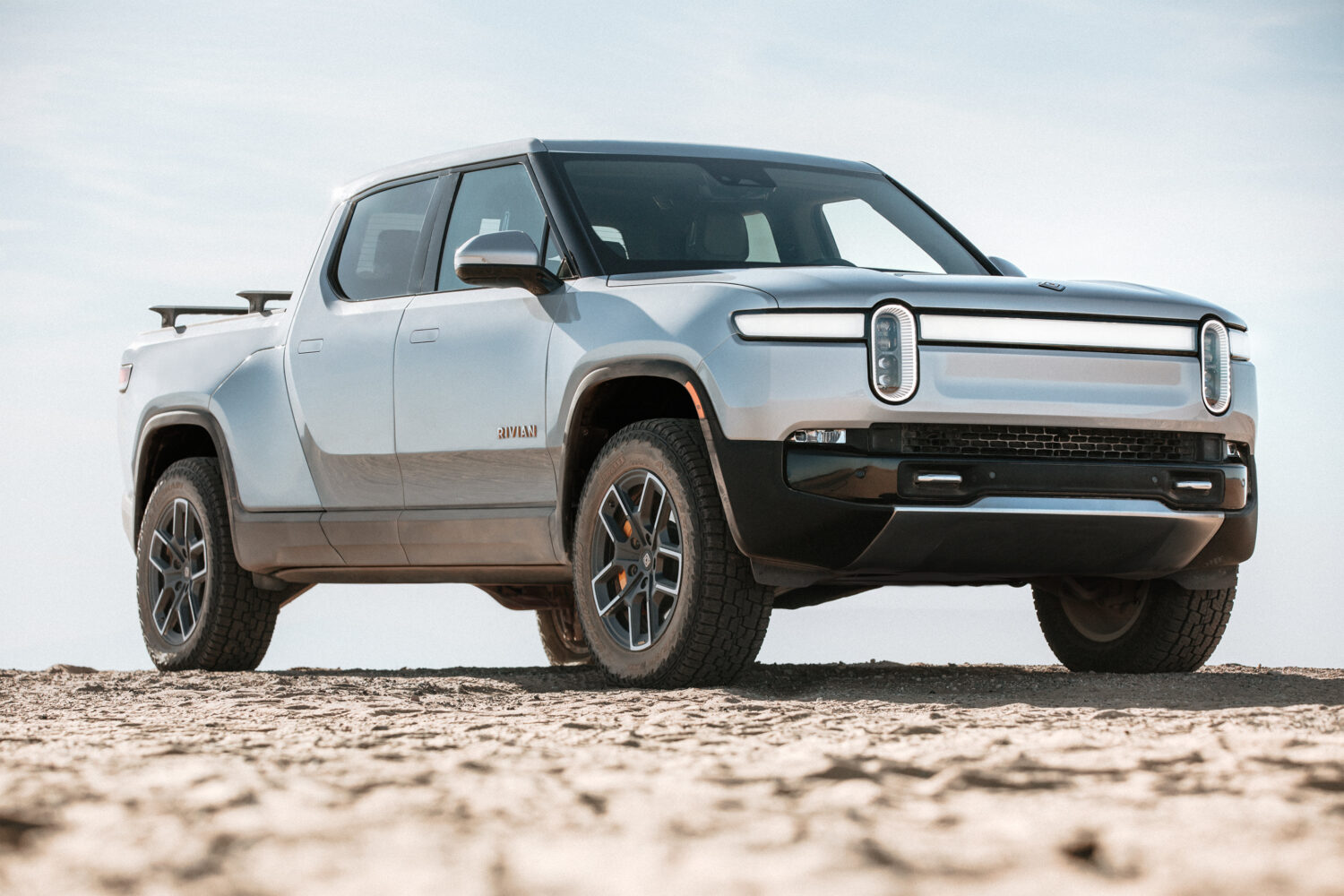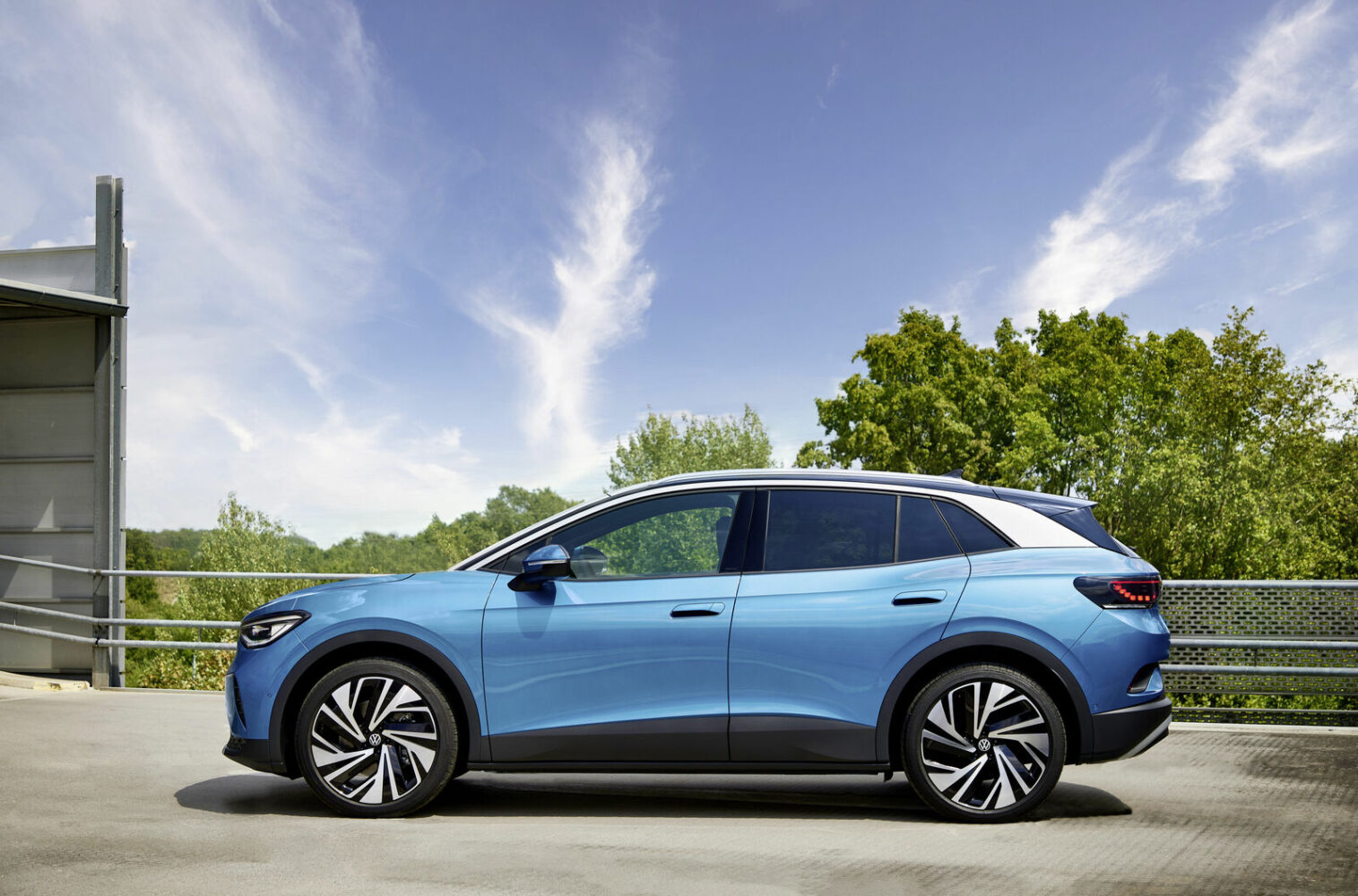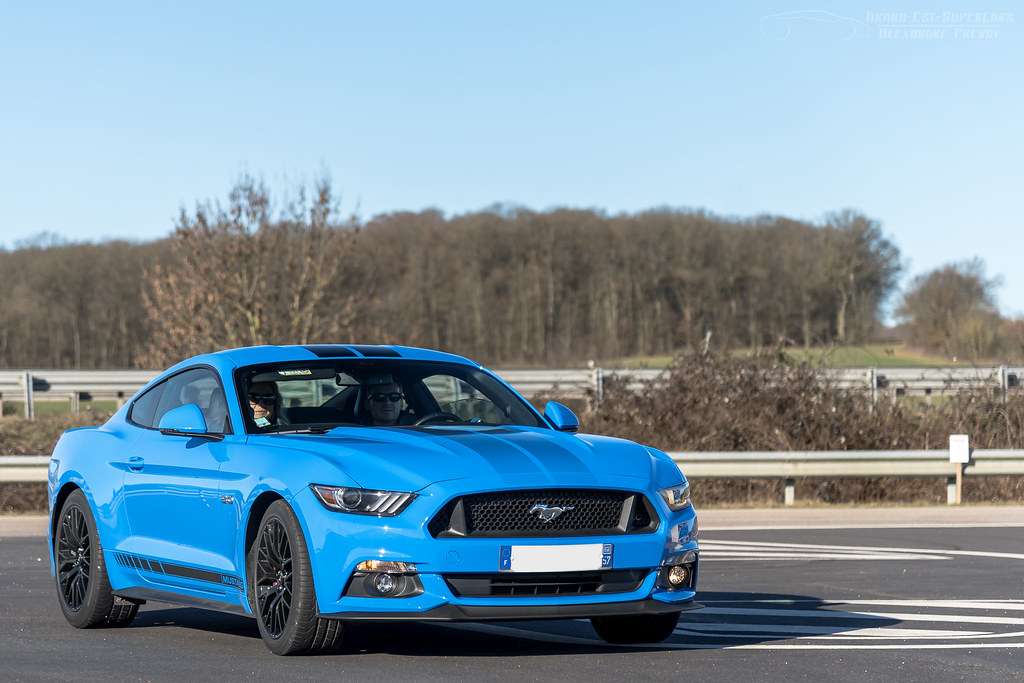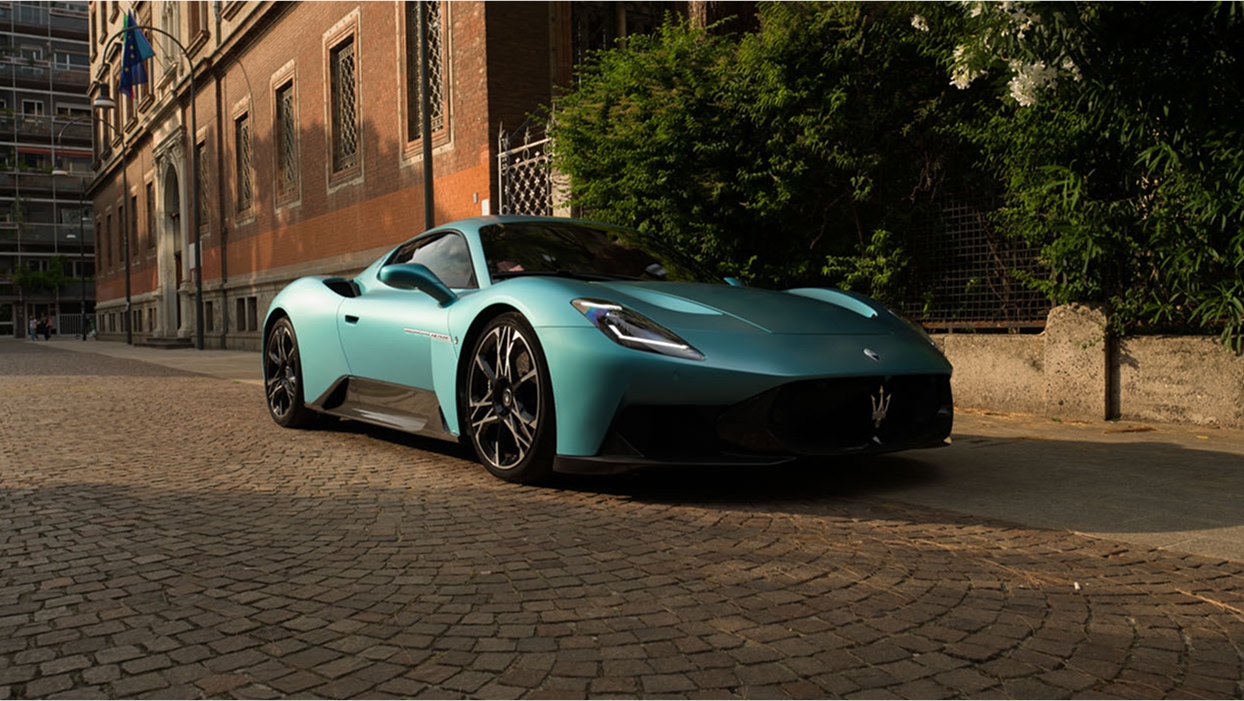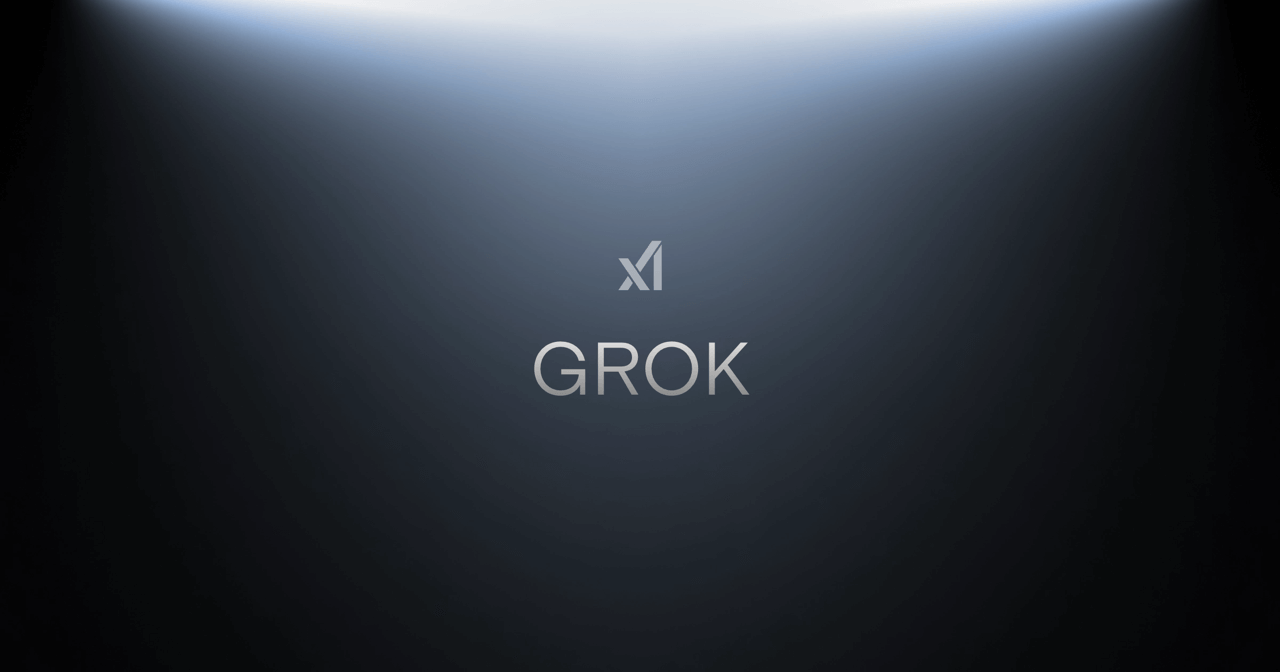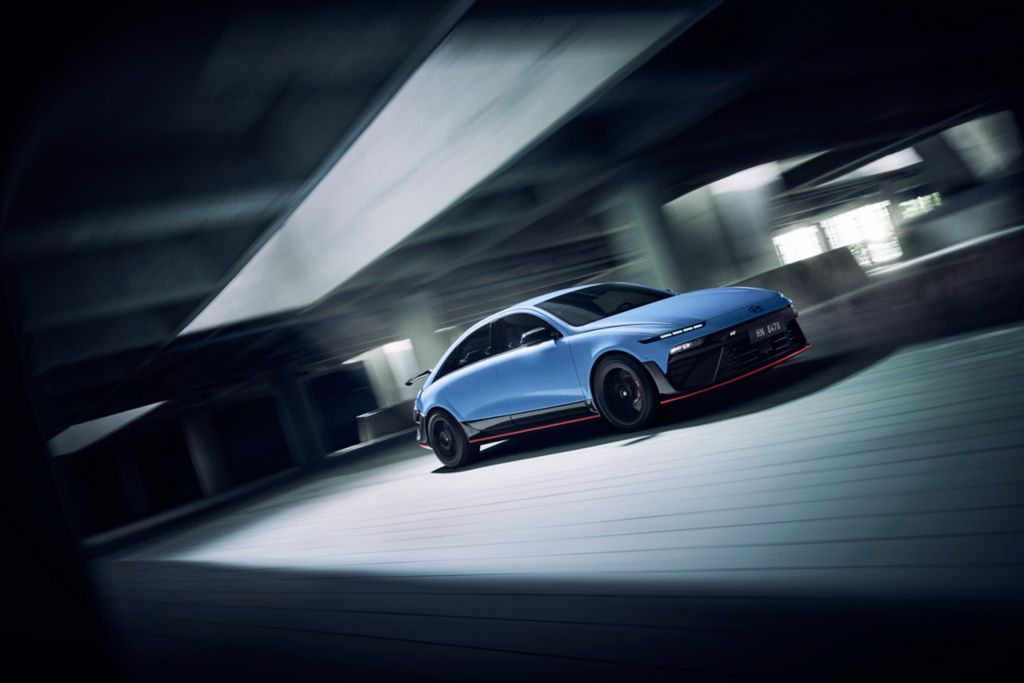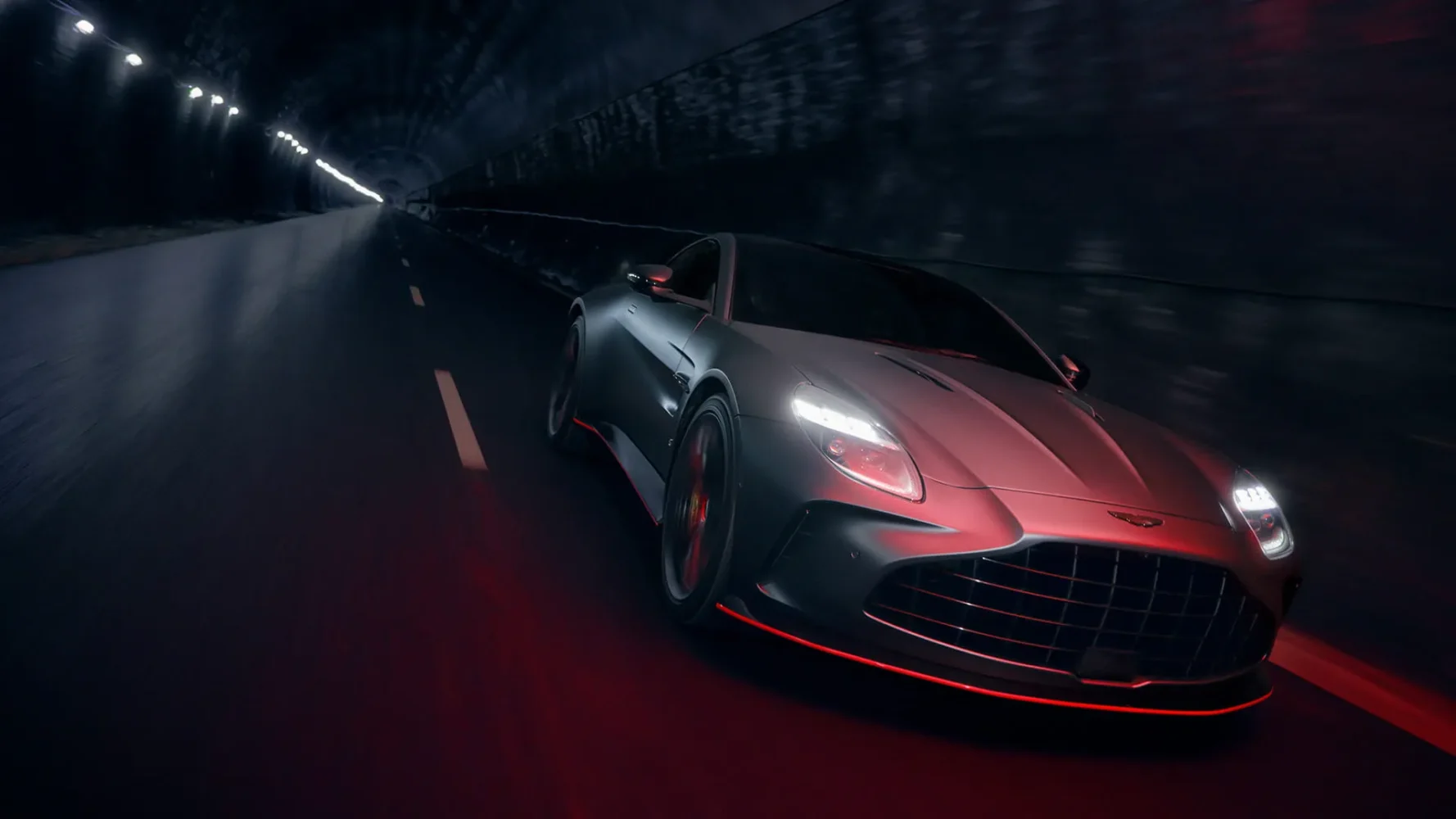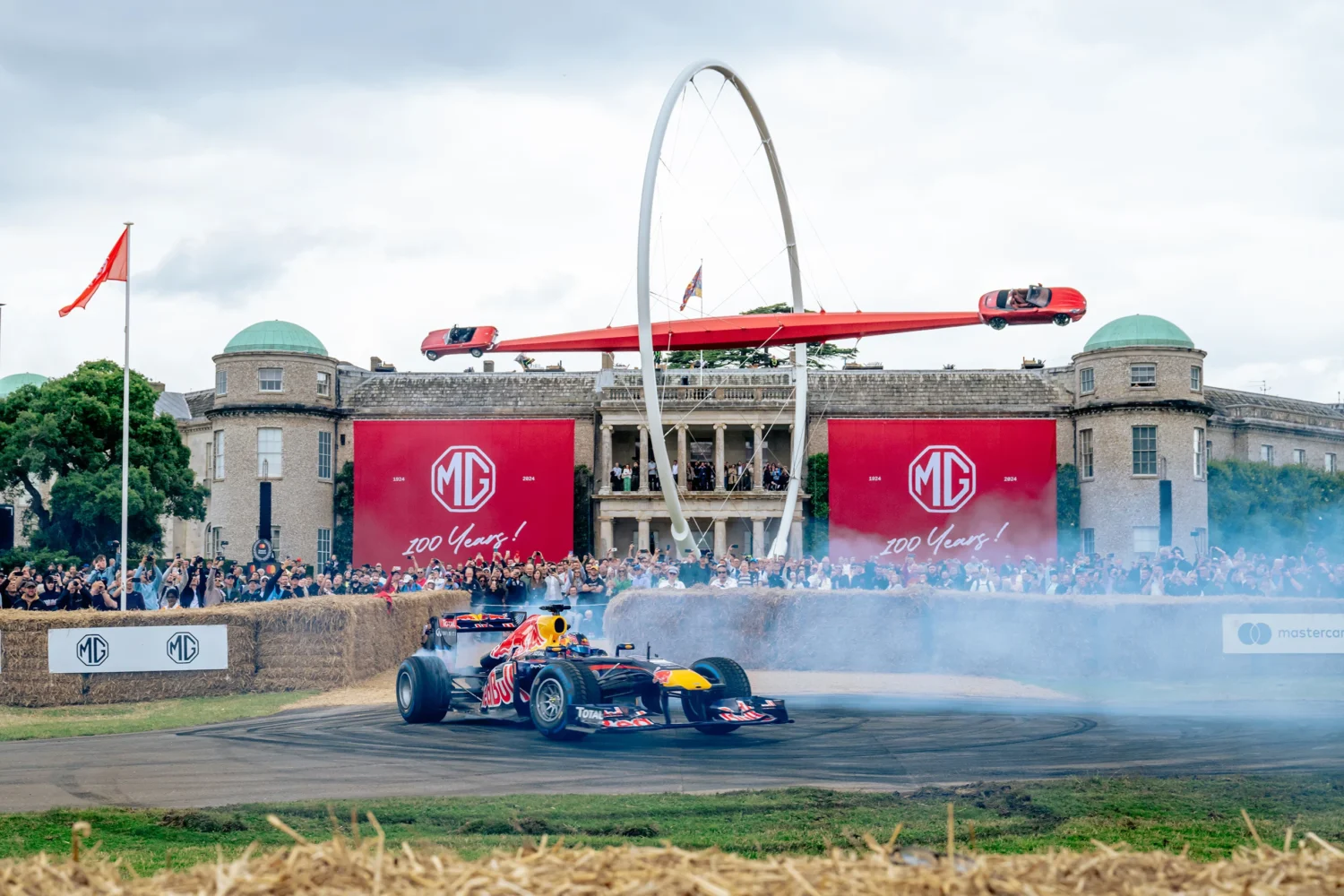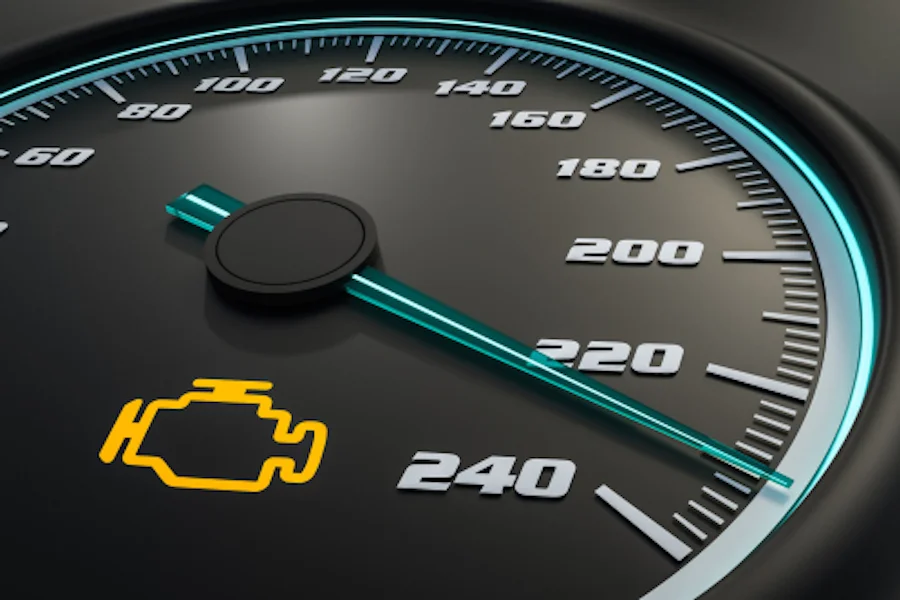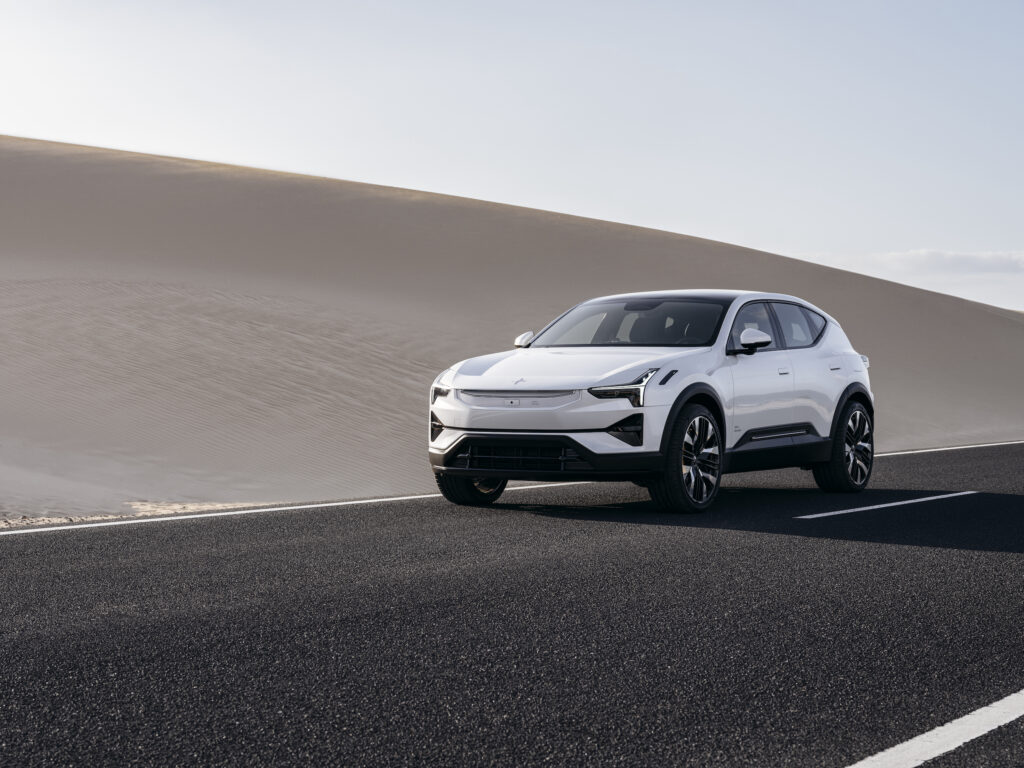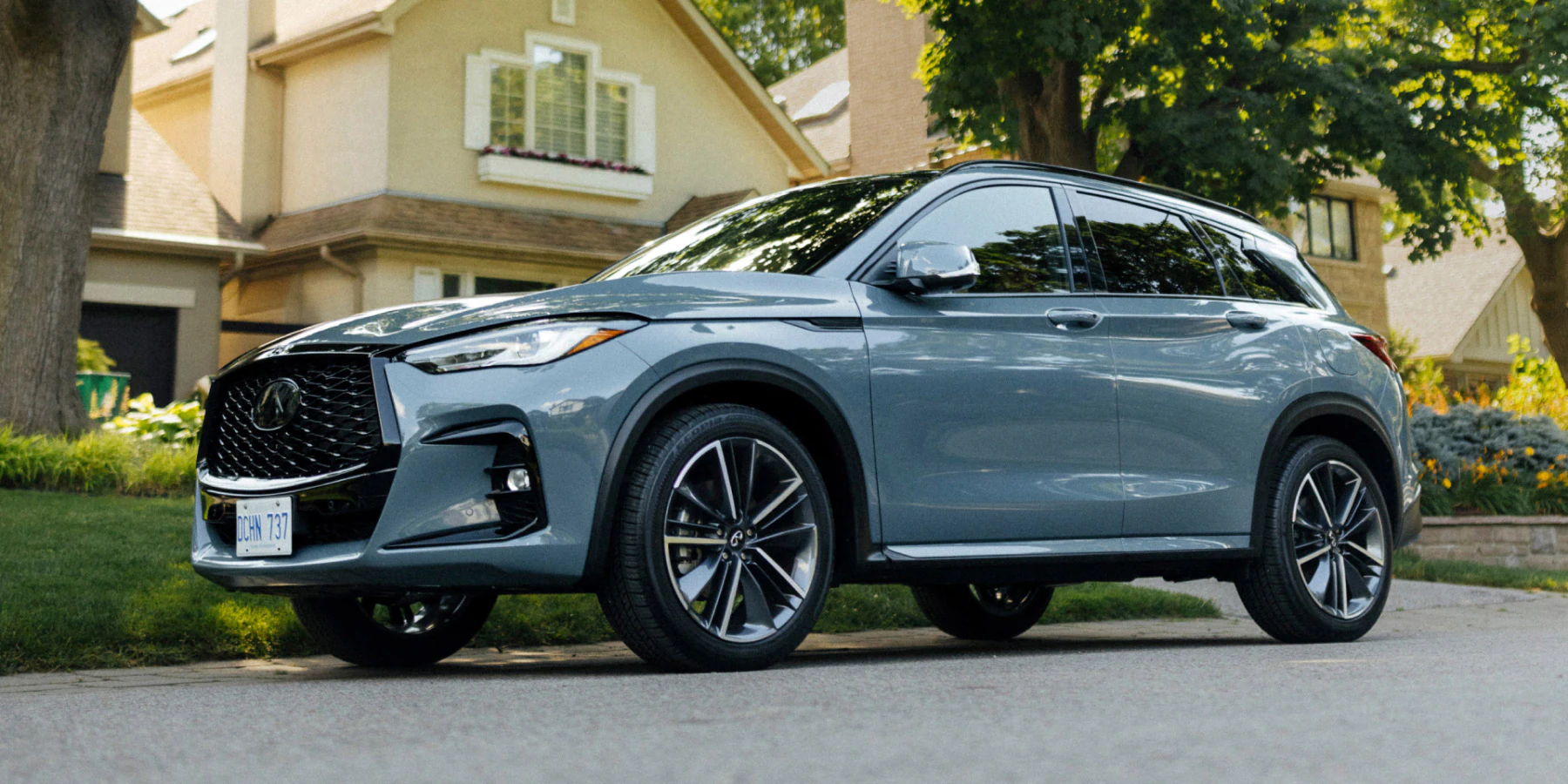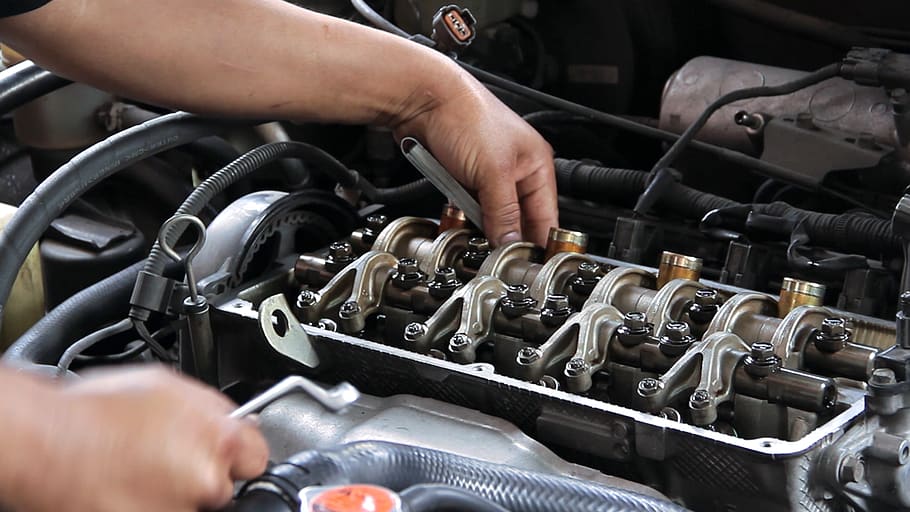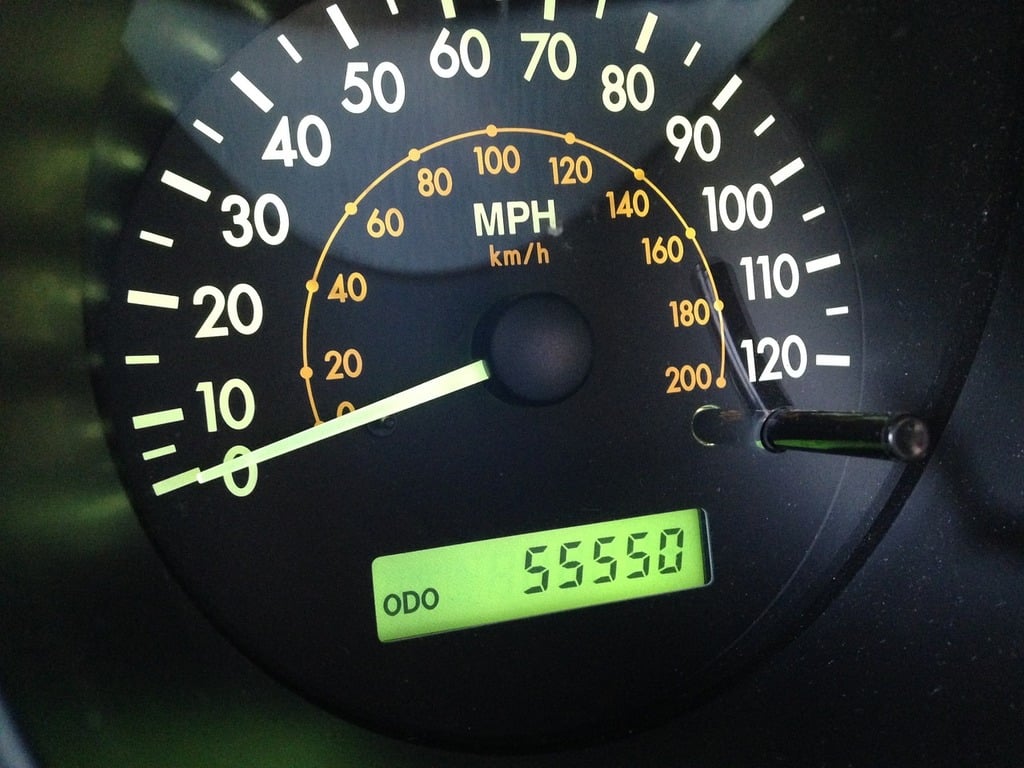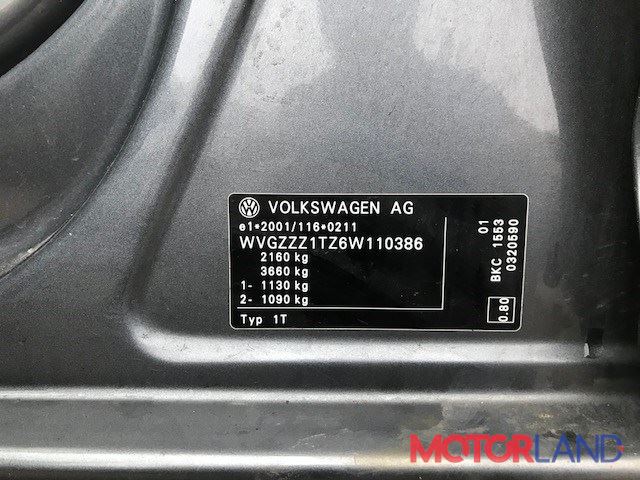Navigation anxiety hits differently when your next charging stop depends on questionable routing. After years of user complaints about its lackluster Mapbox-based system, Rivian just dropped a solution that feels like switching from dial-up internet to fiber. The company announced a Google Maps integration that keeps their custom EV-focused interface while delivering the mapping accuracy you’ve been craving for your next adventure.
Perfect timing isn’t coincidental. Rivian’s chief of software, Wassym Bensaid, admitted incremental improvements to the prior system weren’t enough, prompting a complete overhaul in partnership with Google. Translation: enough customers complained loudly enough to force real change, and Tesla’s flawless navigation made Rivian’s routing feel like using Apple Maps circa 2012.
Users experienced the navigation nightmare firsthand. One R1T owner described arriving at three different “available” charging stations during a Colorado road trip, only to find broken equipment, incorrect locations, or chargers that simply didn’t exist. That’s the kind of range anxiety that sends people back to gas stations faster than you can say “infrastructure investment.”
Here’s what transforms your driving experience. Google’s Automotive SDK delivers real-time traffic data, construction alerts, and those satellite views that make route planning feel more strategic than stressful. Your range calculations now factor in accessories like trailers, because hauling a boat affects your battery life—revolutionary stuff, truly.
If you’re planning longer trips, the charging integration deserves serious attention. Your R1S leverages Google’s place data combined with Rivian’s proprietary Charging Scores to plan stops that actually exist and function. No more arriving at phantom charging stations like you’re hunting Pokémon that disappeared from the map.
Mapbox struggled with real-time accuracy because it relied heavily on crowdsourced data that couldn’t match Google’s massive infrastructure investment and decades of location refinement. Google processes billions of location queries daily, creating a feedback loop that continuously improves accuracy—something smaller mapping providers simply can’t replicate at scale.
Critical context: This isn’t Android Automotive commandeering your dashboard. Rivian maintains complete interface control, preserving its nature-inspired visuals and EV-specific features. You’re getting Google’s data backbone with Rivian’s personality—think Tesla’s navigation reliability with actual design thought behind it.
The subscription reality check hits at $15 monthly for Connect+ to unlock premium features like satellite view. Also missing: Apple CarPlay support and Google Account synchronization for your saved places. Those features remain firmly in development limbo.
Early user sentiment suggests this addresses competitive necessity more than innovation. When your main rival operates the gold standard for EV navigation, subpar routing becomes a dealbreaker faster than your battery drains in sub-zero weather. Your confidence in long-distance EV travel depends entirely on trusting your navigation system.
For current and prospective owners, this update fundamentally shifts the EV experience from range anxiety into range confidence. Sometimes, the most impactful innovation is simply implementing what works.


